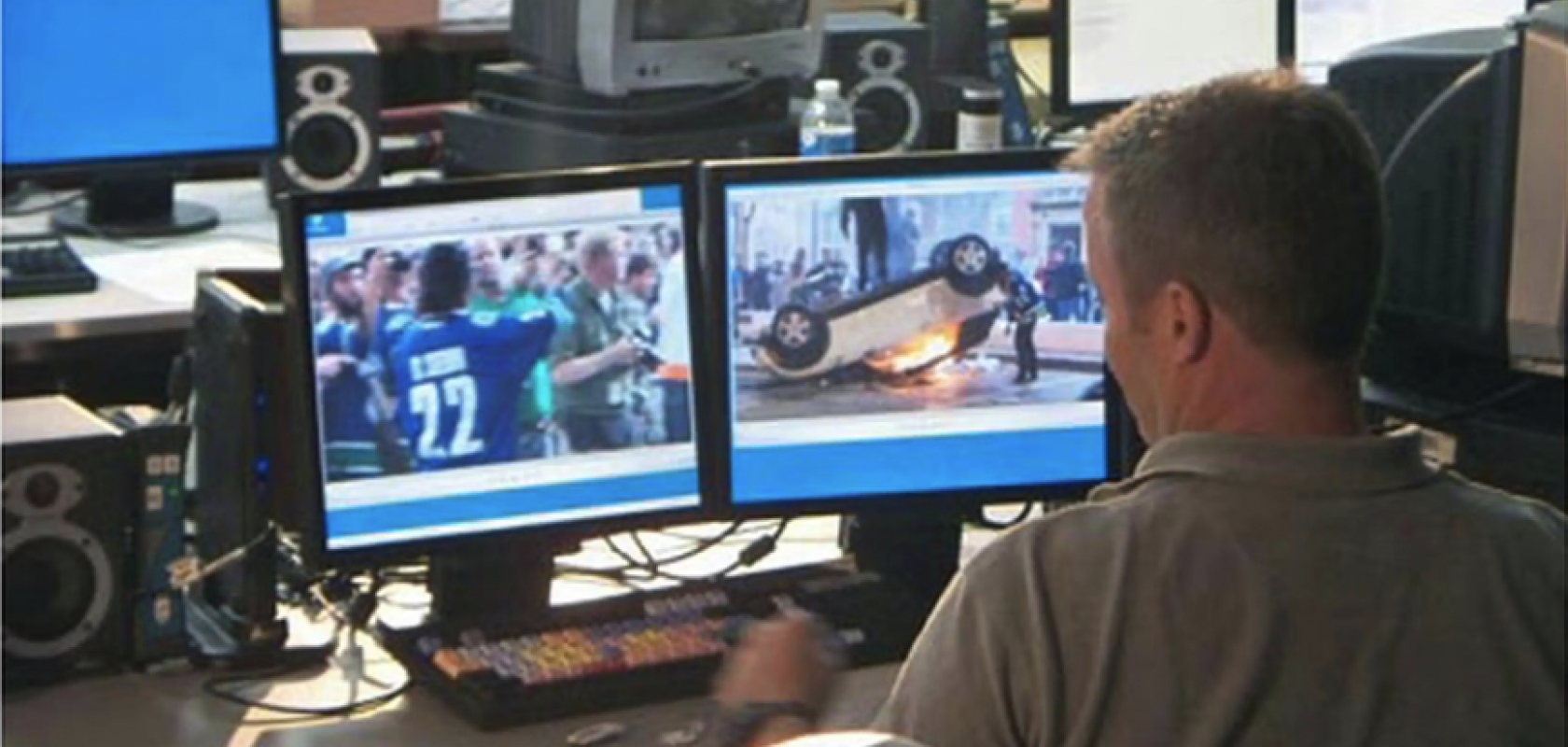U.S. intelligence has put the call out to the AI and machine learning sector, asking for software algorithms that can identify and locate people and vehicles from reams of video footage, before analysing the data for anomalies and possible threats.
The target of the Video Linking and Intelligence From Non-Collaborative Sensors (Video LINCS) program, announced by the U.S. Intelligence and Advanced Research Projects Agency (IARPA) in Washington, will be to develop software that can first identify and locate people, then vehicles and later generic objects across an expanse of video sources.
Video is a ubiquitous and far-reaching sensor that’s hard to escape from in the modern world. But with a huge amount of video data being collected every moment, human analysts are too slow and too few to appropriately identify and categorise threats. Even where semi-automated video sensors are used, they rarely collaborate.
Video LINCS program to locate, identify and track targets
With two technical areas to focus on, the Video LINCS software program will be required to search many video streams to identify people, vehicles and generic objects, before reidentifying them in the masses of video footage, without prior access to the video or the objects.
Using video footage as an input and generating identified object locations as outputs, Video LINCS will use geo-localisation to track objects, requiring mapping from camera coordinates to a typical reference frame. Planned as a four-year program, Video LINCS will be developed in three phases. Firstly, the system will identify and locate people in video footage for 18 months, before spending another 18 months identifying and locating people with changes to their clothing, along with vehicles and generic objects. And finally, the program will focus on generic objects for a further 12 months.
Bidding for the Video LINCS program
The U.S. Intelligence and Advanced Research Projects Agency suggests those who bid for the contract should have expertise in artificial intelligence (AI); computer vision with object detection, tracking and modelling; deep learning; geometric camera projections and inverse projects; image and video geo-localisation; machine learning; modelling and simulation; open set classification; soft biometrics; software engineering; software integration; systems integration; vehicle fingerprinting and video data generation.
Interested AI and machine learning software development firms should submit proposals to the IARPA Distribution and Evaluation System (IDEAS) before 15 July 2024 to be considered.


